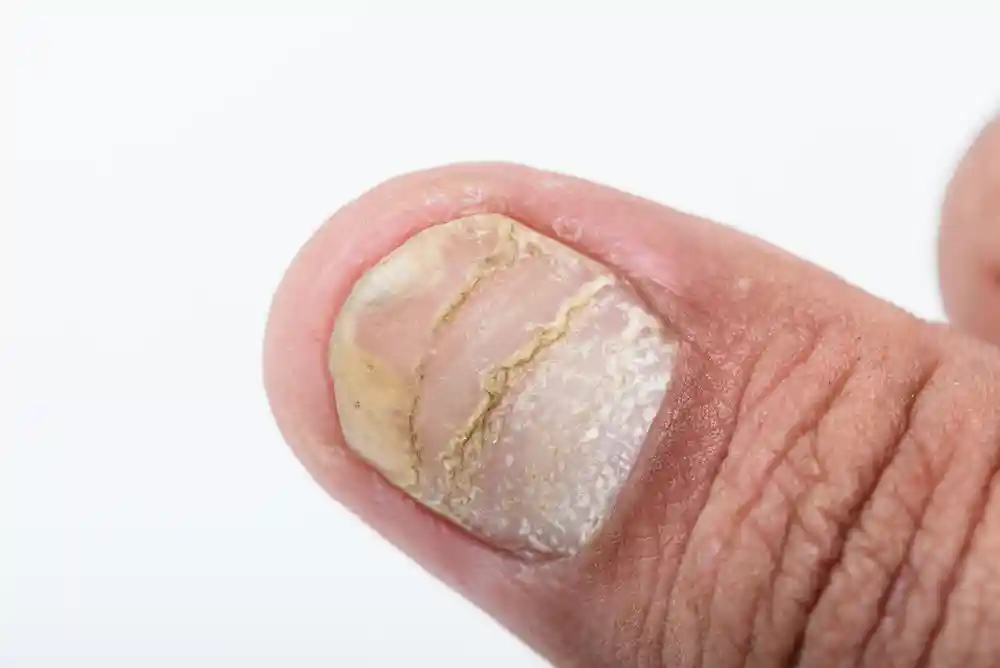Nail psoriasis

Nail psoriasis can occur in up to half the cases of diagnosed systemic psoriasis, but it can still occur in patients with no other sites of affection on the skin. It is, however, mostly seen in patients with psoriatic arthritis and it usually indicates severe arthritis. Manifestations vary in severity, but most cases present with one of the following:
- Pitting of the nails
- Nail destruction
- White nail
- Transverse ridges of the nail
- Thickening of the nail bed
Nail psoriasis has to be differentiated from other dermatological conditions that cause a similar picture. They include lichen planus, fungal infection of the nail and alopecia. If the doctor can’t be certain, then they might order a nail biopsy to confirm the diagnosis.
The treatment of nail psoriasis can be medical, surgical or more frequently a combination of both depending on the condition and the number of nails affected. Common medications used in nail psoriasis are:
- Topical corticosteroids
- PUVA therapy, which is as effective in nail psoriasis as in skin lesions.
- 5-fluorouracil: Despite being a primarily anti-cancer medication, it proves effective in many cases of nail psoriasis not responding to topical steroids especially those with nail bed thickening.
Surgical therapy is not always needed but can be resorted to as a last attempt when other methods prove ineffective and the discomfort is unbearable. The nail can be removed physically under local anesthesia or by using chemical compounds like urea. Surgical removal carries the risk of nongrowth of the nail again or the growth of a deformed nail.
